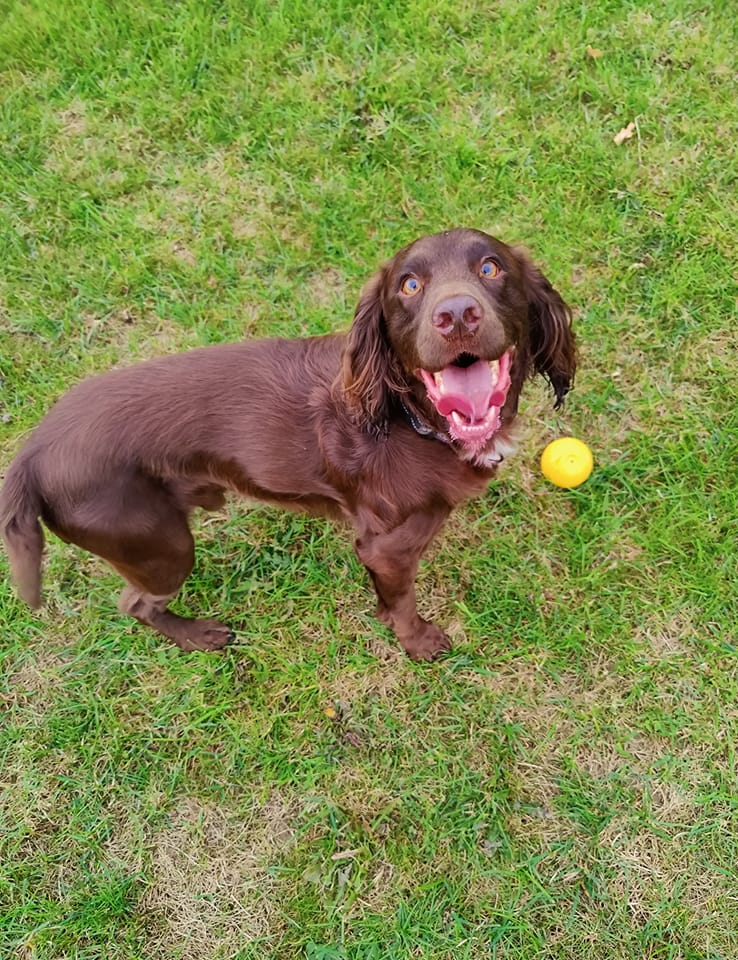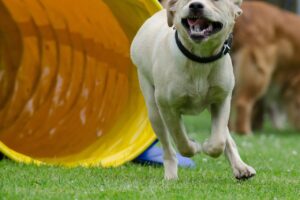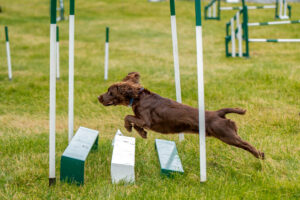
Keeping Agility Training Fresh: The Importance of Obedience Refreshers and Engaging Sessions
Dog agility is an exhilarating sport that showcases the bond between handler and dog, built on a foundation of trust, communication, and precision. But as any seasoned trainer knows, agility training is about more than just speed and obstacles—it’s about maintaining sharp obedience and keeping sessions engaging for your four-legged athlete. Here’s why obedience refreshers are vital and how to make your training sessions both effective and fun.
The Role of Obedience in Agility Training
Obedience is the cornerstone of successful agility training. A dog that can perform a flawless weave or jump through tyres with precision still needs the foundational commands to guide them through the course. Sit, stay, down, and come, are not just basic commands; they are the building blocks that ensure your dog stays focused and responsive during high-energy agility runs.
Even if your dog has mastered these commands, regular refreshers are essential. Why? Because consistency is key. Without regular reinforcement, even the most well-trained dog can become a bit rusty, leading to potential miscommunications during a run.
Keeping Agility Training Fresh: The Importance of Obedience Refreshers and Engaging Sessions
Dog agility is an exhilarating sport that showcases the bond between handler and dog, built on a foundation of trust, communication, and precision. But as any seasoned trainer knows, agility training is about more than just speed and obstacles—it’s about maintaining sharp obedience and keeping sessions engaging for your four-legged athlete. Here’s why obedience refreshers are vital and how to make your training sessions both effective and fun.
The Role of Obedience in Agility Training
Obedience is the cornerstone of successful agility training. A dog that can perform a flawless weave or jump through hoops with precision still needs the foundational commands to guide them through the course. Sit, stay, come, and heel are not just basic commands; they are the building blocks that ensure your dog stays focused and responsive during high-energy agility runs.
Even if your dog has mastered these commands, regular refreshers are essential. Why? Because consistency is key. Without regular reinforcement, even the most well-trained dog can become a bit rusty, leading to potential miscommunication or even safety issues during a run.
Incorporating Obedience Refreshers into Your Routine
- Short, Focused Sessions: Obedience refreshers don’t have to be long or intense. Incorporate short sessions of 3 -5 minutes into your regular training routine. Focus on one or two commands at a time, ensuring that your dog executes them with precision before moving on.
- Use Obedience as a Warm-Up: Start your agility sessions with a few basic obedience exercises. This not only sets the tone for focus and control but also serves as a mental warm-up, preparing your dog for the challenges ahead.
- Mix It Up: Don’t be afraid to mix obedience drills with agility work. For example, asking for a recall away from a piece of equipment that may have become dangerous. I actually had to use this once as the timing gate had become misplaced and was leaning into the centre of the final jump, I recalled my dog away from the final jump to prevent him crashing into it.
Keeping Training Sessions Engaging
Training sessions should be as fun as they are effective. An engaged dog is more likely to be motivated, focused, and eager to learn. Here are some tips to keep your sessions lively:
- Incorporate Play: Agility training is hard work, so balance it out with play. Use your dog’s favorite toy or game as a reward for completing a sequence correctly. This not only makes training more enjoyable but also strengthens the bond between you and your dog.
- Vary the Routine: Dogs, like humans, can get bored with the same routine. Switch up the order of obstacles, introduce new commands, or try training in a different location. Novelty keeps your dog mentally stimulated and eager to participate.
- Use Positive Reinforcement: Reward your dog with treats, praise, or a favorite toy when they perform well. Positive reinforcement is a powerful motivator that encourages your dog to repeat desired behaviors.
- Keep It Short and Sweet: Aim for short training sessions of 15-20 minutes, especially with younger or less experienced dogs. Ending on a positive note keeps your dog enthusiastic about the next session. Remember, some dogs may need even less that this, one of my own dogs only enjoys around 5 minutes of training.
- Set Clear Goals: Each session should have a clear goal, whether it’s perfecting a specific command, improving speed, or mastering a new obstacle. This focus ensures that both you and your dog stay on track and see measurable progress.
The Bottom Line
Obedience refreshers and engaging training sessions are not just about keeping your dog’s skills sharp—they’re about enhancing the overall agility experience. By maintaining a strong foundation of obedience and ensuring that each training session is enjoyable, you set the stage for a successful and rewarding agility career. Remember, the journey is just as important as the destination, so make every moment count with your canine companion.



